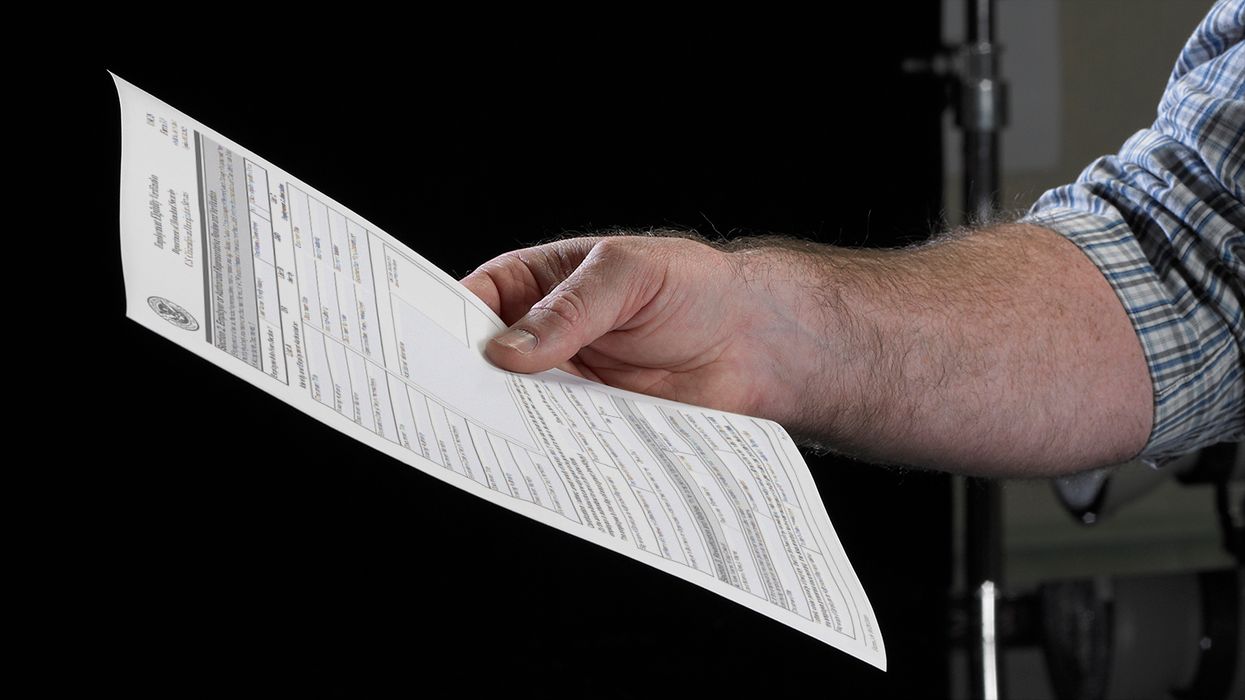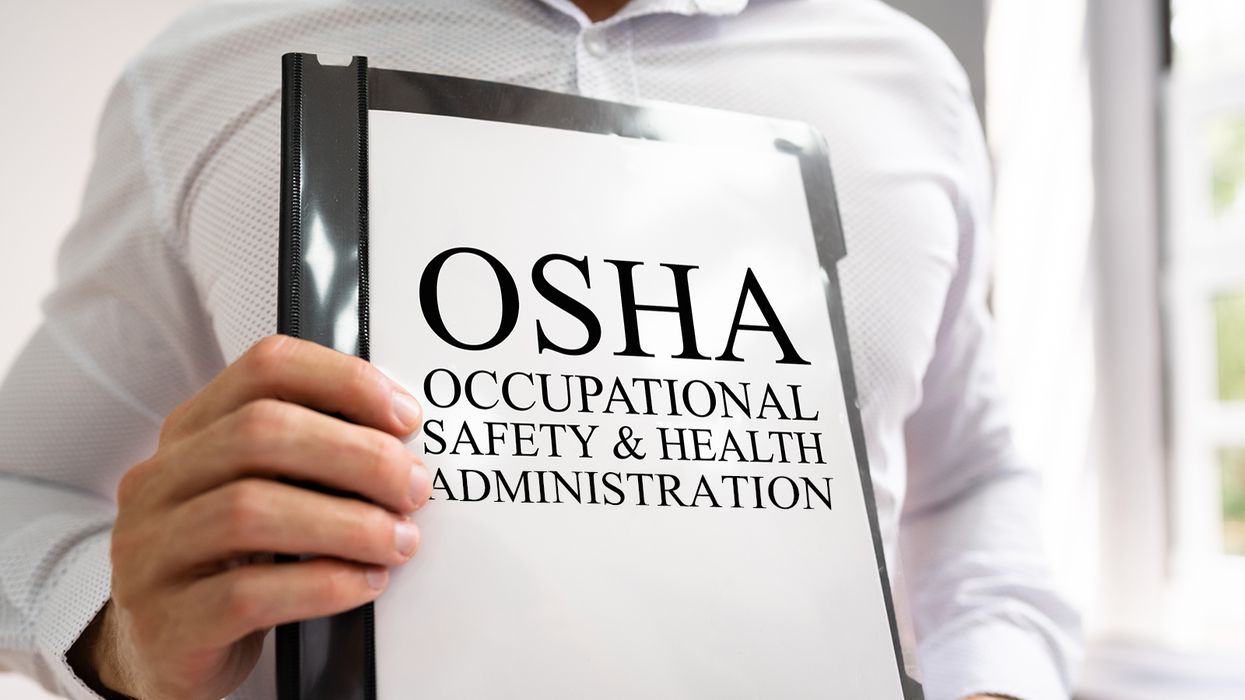Remote review of I-9 documents could become permanent
Employers who appreciate having the flexibility to review Form I-9 documents remotely because of the COVID-19 pandemic may get to continue to enjoy that option.
Doug Rand, senior advisor to the director of the United States Citizenship and Immigration Services (USCIS), spoke at the Society for Human Resources Management (SHRM) Employment Law and Compliance Conference on February 27, and responded to an attendee’s question about extending the exceptions that allow employers to review forms via video, fax, or email rather than inspecting documents in-person.
“We are definitely looking carefully at that,” Rand said. “We are well aware of what a difference that has made.” Rand noted that the agency learned how to use video images during the COVID-19 pandemic. While he could not provide details on whether a video option would continue for Form I-9 documents, his response indicates that the agency is aware that remote review of documents is appreciated by employers.
Remote option set to expire
When a new employee is hired, the individual must present documents confirming identity and proof of eligibility to work as part of the Form I-9 process. When an employee is working on-site, the documents must be reviewed in-person.
For employees working remotely, employers have had an option to review these Form I-9 documents via video, fax, or email under some circumstances since March 2020. That option is set to expire on July 31, 2023, but the end date could come more quickly, as the COVID-19 national emergency ends on May 11, 2023.
Permanent option under consideration
The option to review documents remotely makes life easier for employers, as they do not need to bring the remote employee into the office to present documents or find another individual to do an in-person review at the employee’s location. The agency has been considering making the remote review option permanent, and in August 2022, the USCIS and Department of Homeland Security (DHS) set the stage with a proposed rule that would create a framework to allow the Secretary of Homeland Security to authorize document examination alternatives.
The agency accepted comments on the rule through October 17, and is now considering the comments and determining how to move forward.
Parameters for remote inspection
Under the proposed rule, the DHS would be able to set parameters for alternatives to the physical presentation or inspection of documents. Remote review of documents could be allowed, if:
- Part of a pilot program,
- When the secretary determines such procedures offer an equivalent level of security,
- As a temporary measure to address a public health emergency, or
- During a declared national emergency
The proposed rule also included requirements designed to reduce the risk for fraud, discrimination, and invasion of privacy.
These included:
- Required training. Those using the alternative procedure would be required to take a 30- to 60-minute online training course on detecting fraudulent documents and avoiding discrimination.
- Document retention. Copies of any documents presented remotely via video, fax, or email would need to be retained.
- Limiting participation. Only employers enrolled in E-Verify, and in good standing, would be eligible for remote document inspection.
- Limits for those fined. A fine, settlement, or conviction relating to employment verification practices would limit an employer’s opportunity to use remote document inspection.
Waiting and preparing
While the proposed rule laid the groundwork for the remote review flexibility to be authorized in the future, the end is near for the current flexibility. After the remote review option ends, employers will have three days to review an employee’s identity and work authorization documents in person if the documents were initially reviewed remotely.
The next step for the federal government is the release of a permanent rule in the form of a Federal Register notice. That notice would set parameters for the alternative procedures relating to remote review of documents, outline conditions for participation, and establish a timeline for how long the alternative procedures would be in effect.
Key to remember: Employers should watch for an announcement from the USCIS that could make their work easier by allowing for remote review of documents required for the Form I-9.

















































